Earlier today I had a rare opportunity to get my hands on a production model Canon 7D Mark II for a few minutes. As already covered here, I’d been waiting for the 7D Mark II for quite some time, and as a 7D shooter I was a bit disappointed to say the least, with the specs of the 7D successor unveiled at Photokina 2014 just a week ago.
The original 7D was my workhorse for quite some time, with which I shot everything from short films, music videos, even live events and concerts, so naturally I expected something quite special.
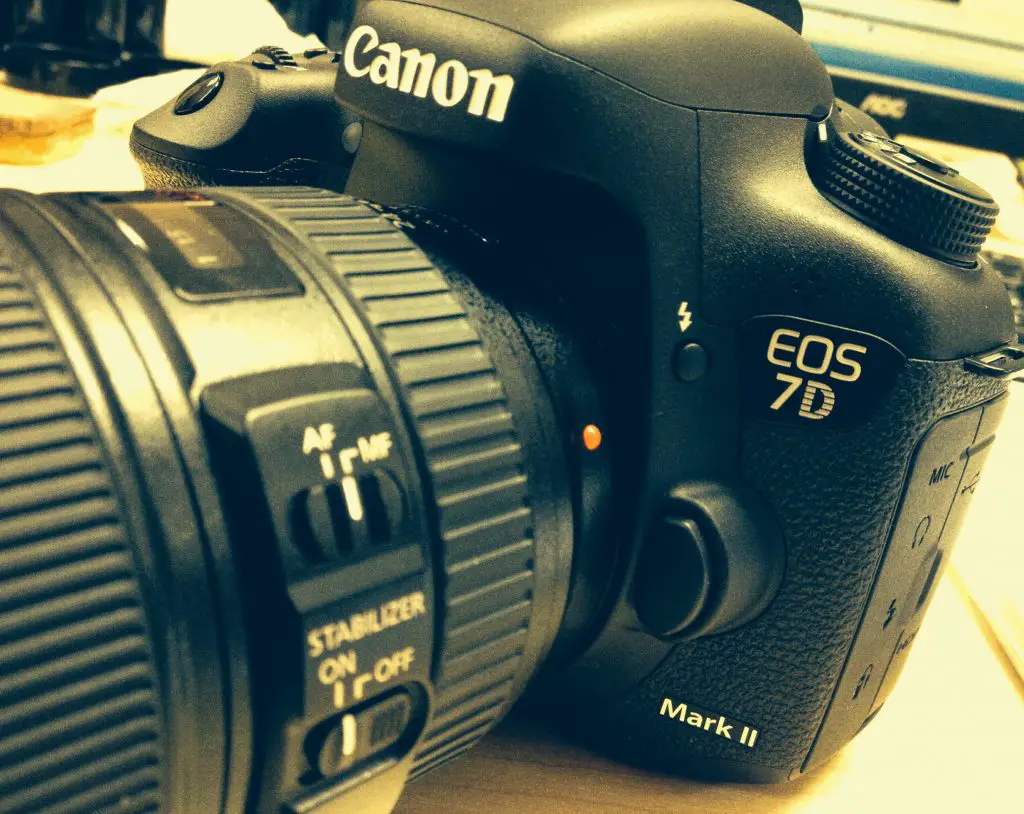
Here’s a quick rundown of the main features of the Canon 7D Mark II:
- 20.2MP APS-C CMOS Sensor (1.6x crop)
- Dual DIGIC 6 Image Processors
- 1080p/60/50/30/25/24 in .MOV/.MP4 All-I or IPB/IPB-Lite
- 3.0″ 1.04m-Dot Clear View II LCD Monitor
- Movie Servo AF
- Clean HDMI out 8bit 4:2:2
- Dual Pixel CMOS AF with Live View
- ISO 100-16,000 / Extended to ISO 51,200
- 65-Point All Cross-Type AF System
- Continuous 10 fps Shooting
- Magnesium Alloy Body Construction
- Built-In GPS & Digital Compass
But somehow, holding the 7D Mark II in my hands didn’t feel that way. At least not initially. The man from Canon kindly instructed me I couldn’t take any of the footage and stills I shot with the 7D. There was a really slow SD card into the SDHC/SDXC slot so although I could record video, the dreaded buffer overflow alert would start blinking on the top right hand corner, just like on the original 7D when you were using a slower CF card. I was only allowed to take a few quick snaps with my iPhone.
Here’s what I noticed and found out about the new Canon 7D Mark II in my quick hands-on first look.
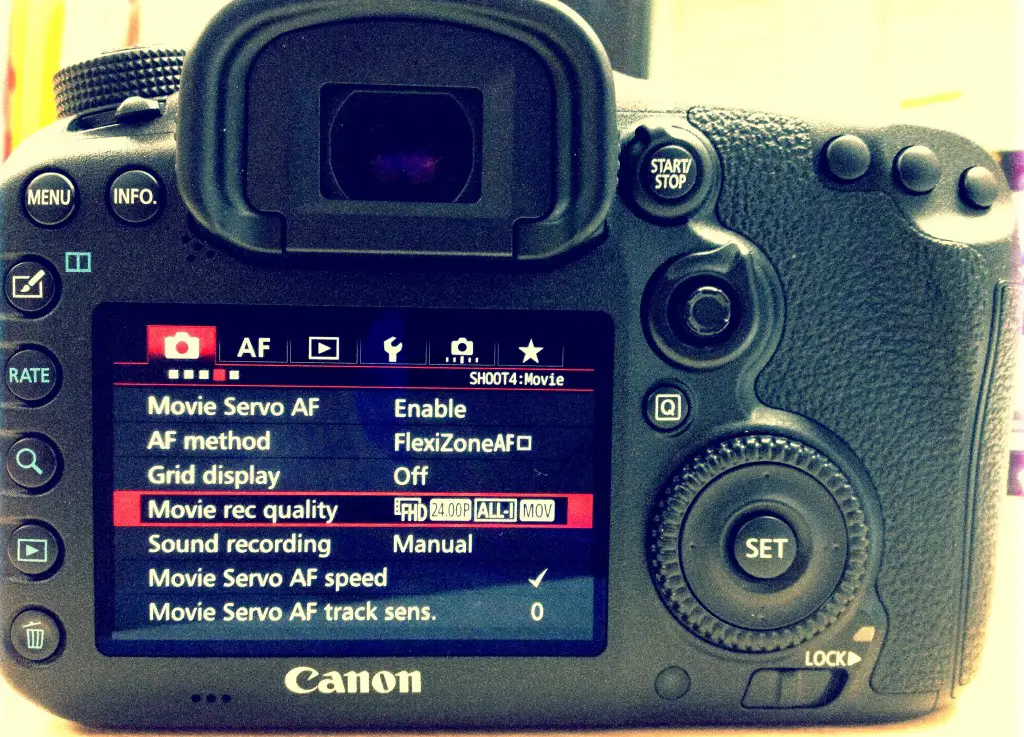
1. The body design is relatively the same, with minor, but welcomed improvements
- the 7D Mark II feels a bit beefier than the original 7D
- Carries the “DNA” of the 5D Mark III, very similar styling – same mode dial with lock button
- USB 3.0 replaced USB 2.0
- HDMI Type C Mini – same as 7D1 still better than type D micro
- DOF button changes to right side
- Lock switch redesigned
- 5D mark III Menu structure
- Added thumb-switch for the joystick/multi-controller
- Q-menu button
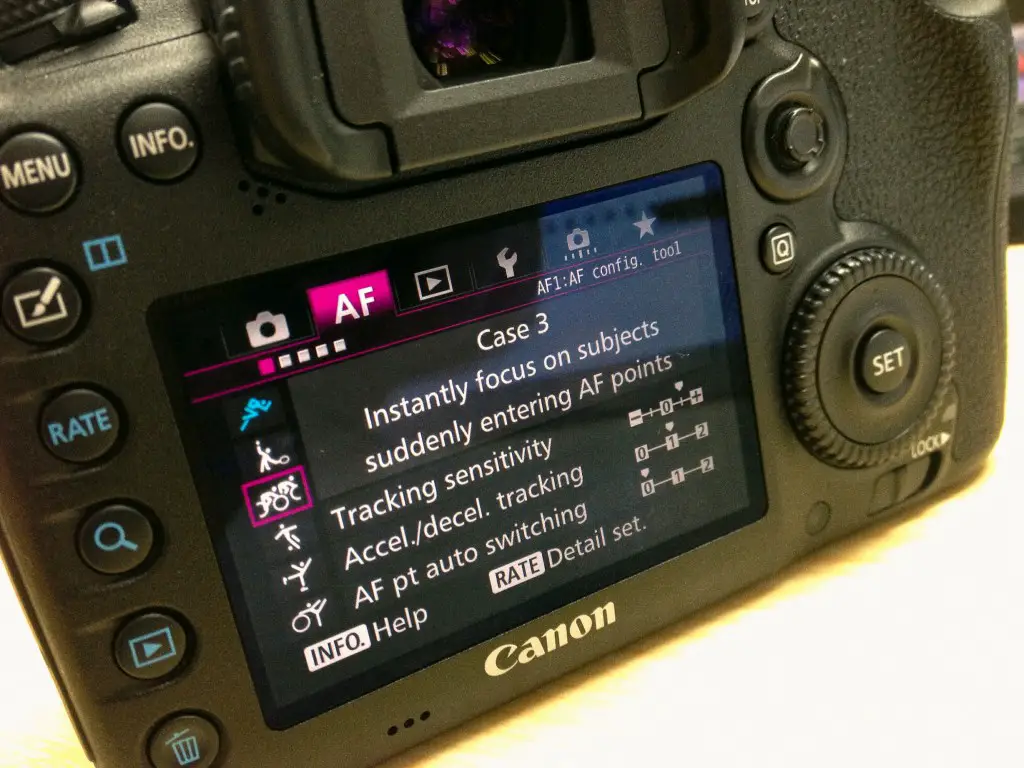
2. Video Functions
- Select between .MOV or .MP4 All-I (Intra frame) or IPB (Long-GOP like)
- 1080/60p – finally!
- Movie Servo AF – can adjust speed and sensitivity for tracking
- Clean HDMI out 8bit 4:2:2
- Movie settings not separated in menu via separate tab – rather you have to switch to movie mode vie the Start/Stop dial, and then the movie setting appear in the 1st camera settings tab (see pic above) – rather annoying as most of adjustments are burried and not easily accessible without flipping through tabs within tabs
3. Media & Batteries
- SDHC/SDXC Class 10 or above for video – can record all flavours and frame rates on SD cards rather than CF cards
- CF cards UDMA 7 or above
- Uses new (same physical size) LP-E6N batteries – fully backwards compatible with existing LP-E6
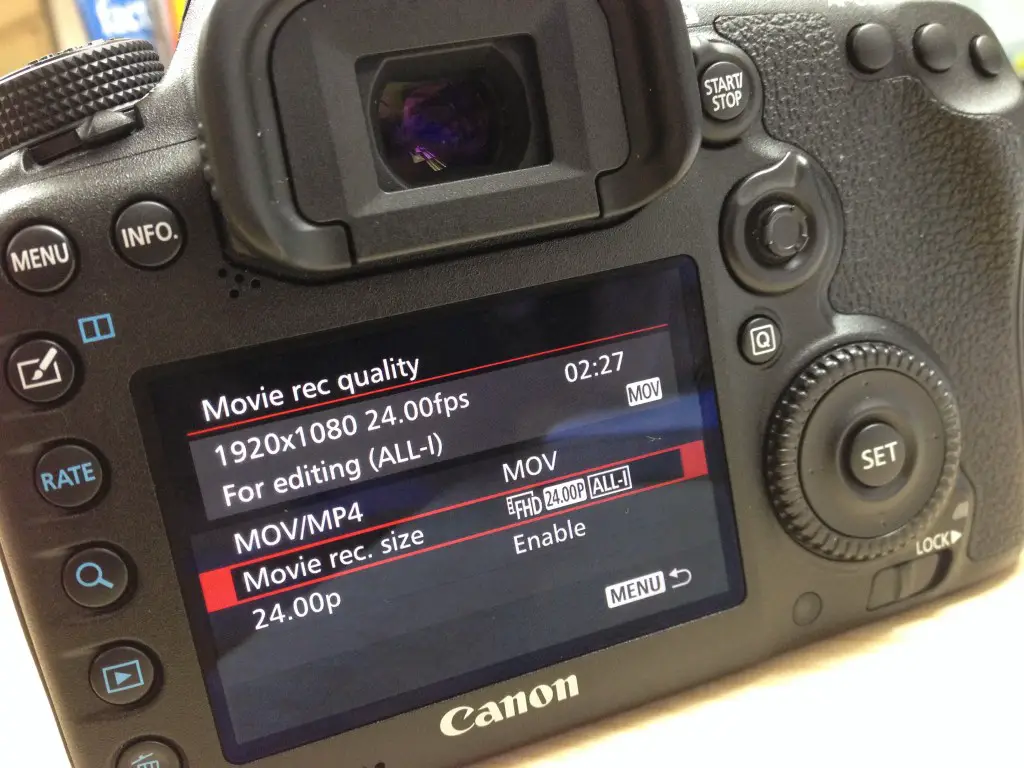
4. Video Shooting experience
- The click-wheel is touch sensitive (see dots on the dial) – when shooting video and pressing the Q button, then adjustments to audio and ISO and all other functions on the screen can be made silently by just touching the sides of the scroll wheel, to avoid the annoying clicking.
- LCD screen feels nicer, more resolution (720 x 480) vs 640 x 480 on the original 7D, not much but better
- Moire still present – tested on fine mesh shirt – less than original 7D, but still present
- Dual Pixel AF and Movie Servo – nice addition
5. Other comments
- No Wi-Fi – was explained to me that the magnesium top plate in the design of the body prevents the implementation of Wi-fi internally
- No 4K – enough said here, hope that changes in Mark III
- No swivel LCD screen – come on Canon, you can do it, or maybe swivel screens are too consumer-ish?
- Also – the LCD screen could use more resolution
- Built-in flash – why still have it? It’s a bit useless, but it helps to sell the camera to budget shooters I guess.
- The intervalometer is a nice addition – no need for an additional accessory
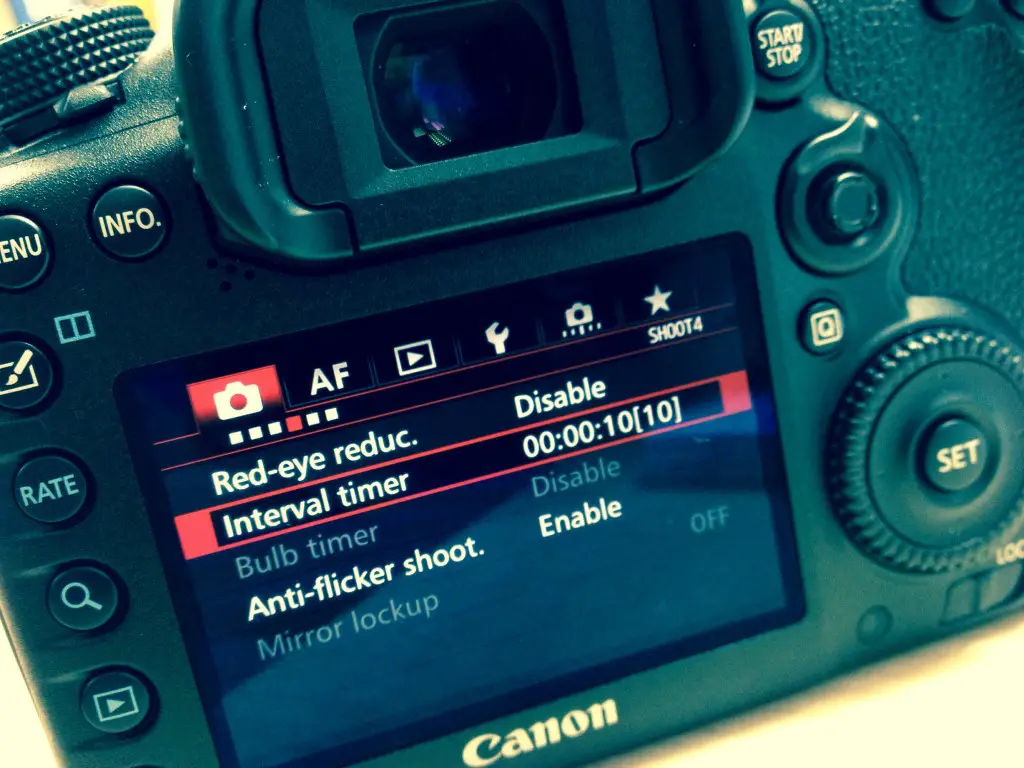
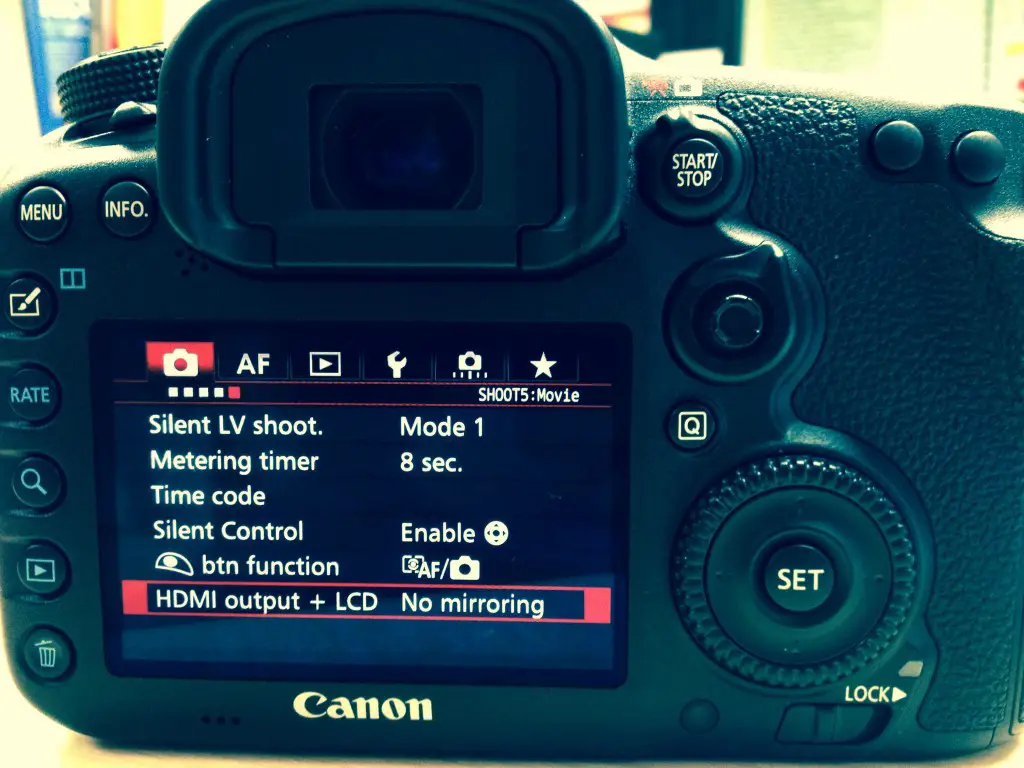
All and all, for someone who’s already shooting photography professionally, especially live action and high-speed and is looking into getting into video the 7D mark II might be a good option. While the 7D Mark II offers a very solid pro-style body, super fast AF, 10fps continuous burst mode, 1080p/60 and Dual Pixel AF, for anyone who’s not making money by shooting photography professionally and is looking for a video DSLR – Panasonic and Sony have the upper hand here. Even at the reasonable price of $1,800 USD / £1,600 GBP I can’t think of a reason to go for the 7D Mark II when the GH4 exists.
We’ll try and get a 7D Mark II for a full review with footage soon.
Disclaimer: As an Amazon Associate partner and participant in B&H and Adorama Affiliate programmes, we earn a small comission from each purchase made through the affiliate links listed above at no additional cost to you.


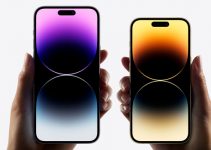
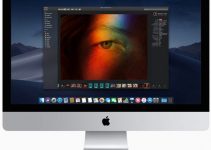
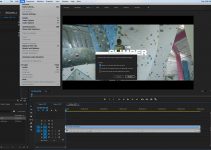
Very well said! Thank you!